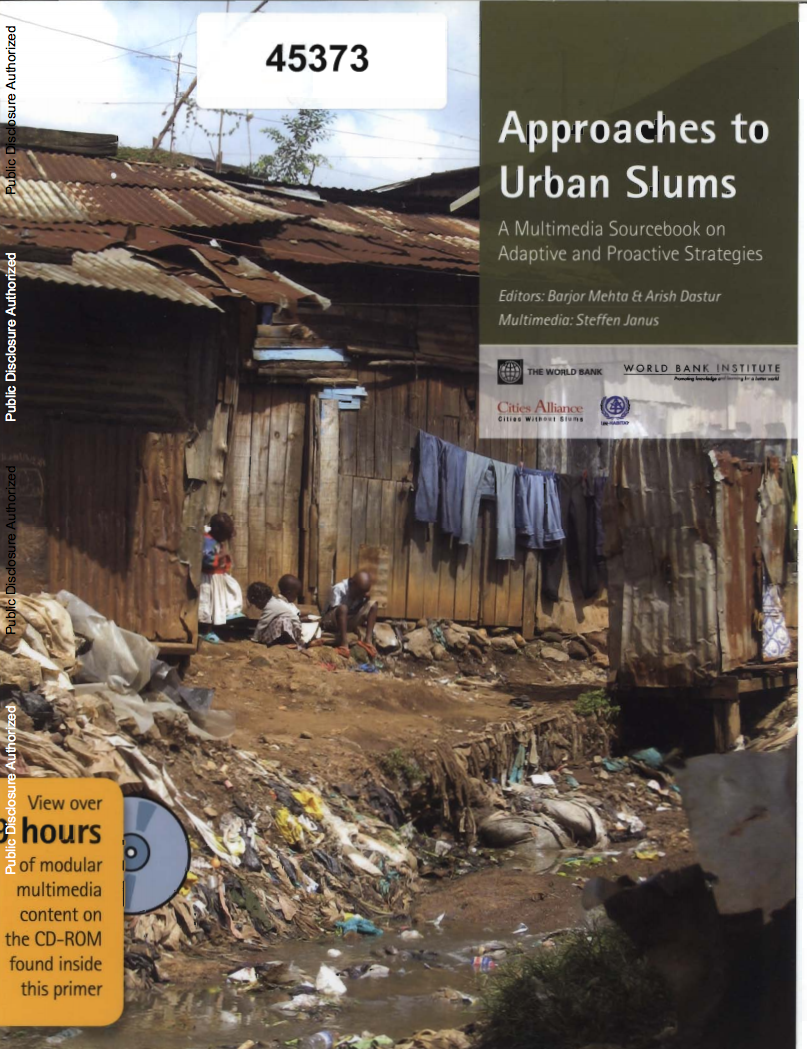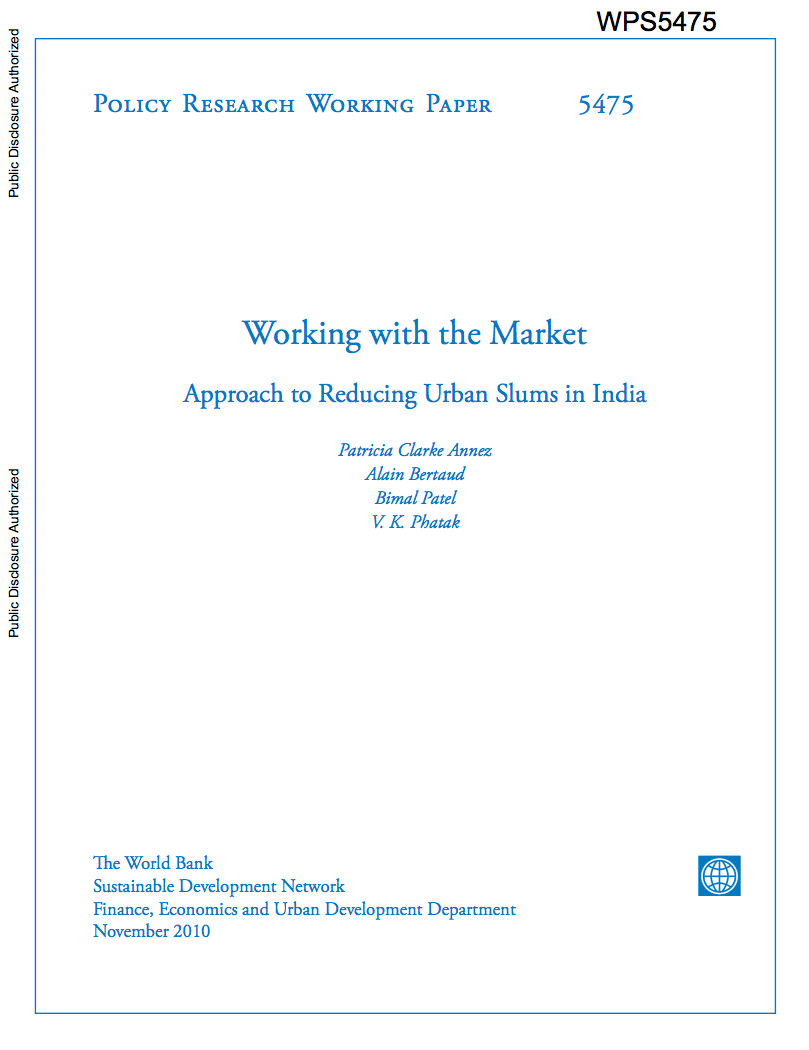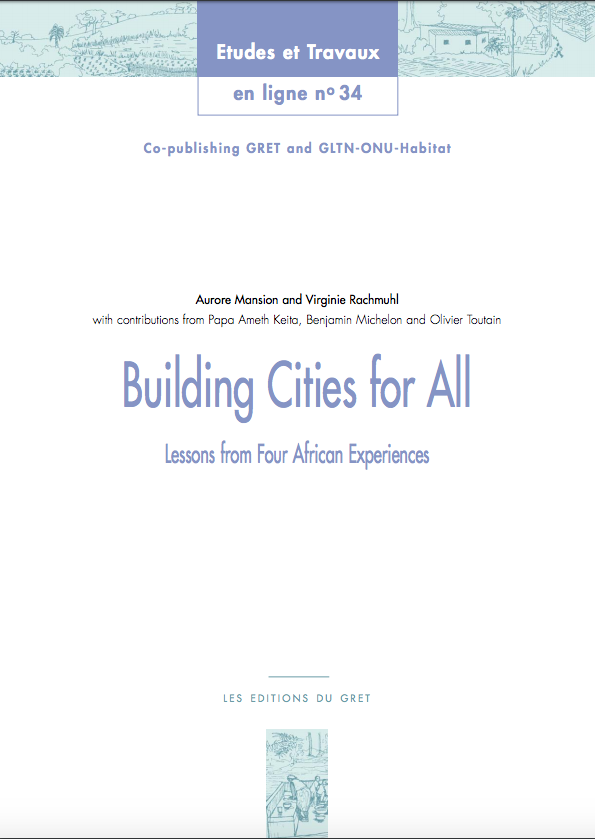Thirty Years of World Bank Shelter Lending : What Have We Learned?
By reviewing the Bank's experience
with shelter lending, this paper seeks to address the
question of whether the Bank has helped developing countries
deal with the inevitable problems that arise with
urbanization, particularly problems with the provision of
shelter. It reviews the Bank's performance, with a
focus on identifying lessons learned so that current demands
can be more effectively addressed. In contrast to earlier








